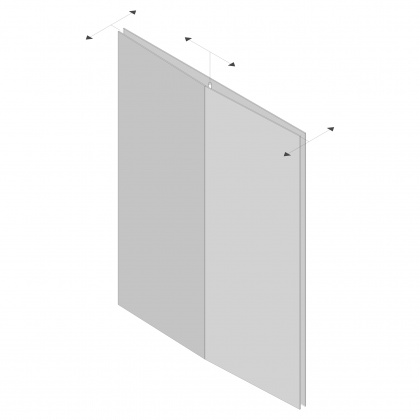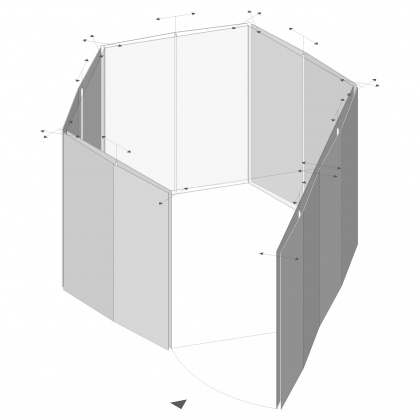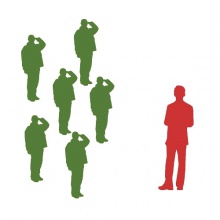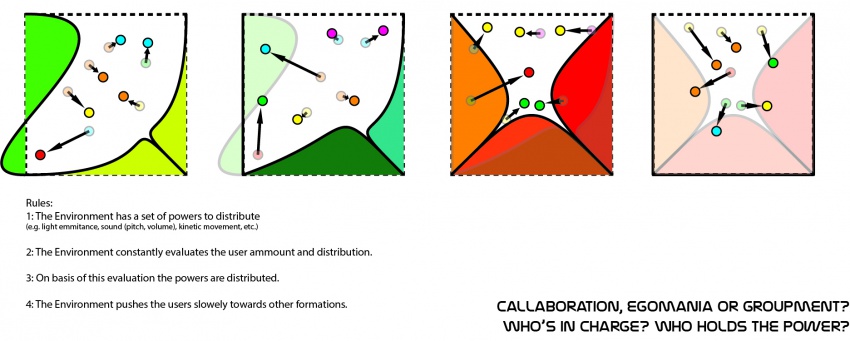Difference between revisions of "project04:Frontpage"
Gary Chang (Talk | contribs) |
|||
| Line 1: | Line 1: | ||
| + | __NOTOC__ __NOTITLE__ | ||
| + | [[File:Example.jpg|850px]] | ||
| + | <div style="height:30px; width: 850px; margin:0px; padding: 0px; padding-top: 20px; border: 0px;"> | ||
| + | <div style="float:left; width: 190px; height 30px; border: 1px solid #aaa; margin-right:15px; " align="center"> | ||
| + | [[project01:Frontpage |'''MAIN''']] | ||
| + | </div> | ||
| + | |||
| + | <div style="float:left; width: 190px; height 30px; border: 1px solid #aaa; margin-right:15px; " align="center"> | ||
| + | [[project01:CONCEPT|'''CONCEPT/ why+how''']] | ||
| + | </div> | ||
| + | |||
| + | <div style="float:left; width: 190px; height 30px; border: 1px solid #aaa; margin-right:15px; " align="center"> | ||
| + | [[project01:PROTORYPE|'''PROTORYPE/ what''']] | ||
| + | </div> | ||
| + | |||
| + | <div style="float:left; width: 190px; height 30px; border: 1px solid #aaa; margin-right:15px; " align="center"> | ||
| + | [[project01:CASE STUDIES|'''CASE STUDIES''']] | ||
| + | </div> | ||
| + | |||
| + | <div style="float:left; width: 850px;"> | ||
| + | |||
| + | == '''BEST PROJECT(NAME): ''' == | ||
| + | This is the best project ever, a master-piece hasn't existed before. We would like to present this brilliant project to you. The concept is original from the idea of nothing, and start with concrete development of constructing the structure of vague... | ||
| + | |||
| + | == '''1st Presentation: ''' == | ||
| + | [[File:Field01.jpg|280px]][[File:Field03.jpg|280px]][[File:Field04.jpg|280px]] | ||
"The most important question is WHY? all the answers belong to WHAT? and every real interest pertains to HOW?"(Frederick Castle) | "The most important question is WHY? all the answers belong to WHAT? and every real interest pertains to HOW?"(Frederick Castle) | ||
Revision as of 15:40, 3 April 2014
BEST PROJECT(NAME):
This is the best project ever, a master-piece hasn't existed before. We would like to present this brilliant project to you. The concept is original from the idea of nothing, and start with concrete development of constructing the structure of vague...
1st Presentation:
"The most important question is WHY? all the answers belong to WHAT? and every real interest pertains to HOW?"(Frederick Castle)
WHAT Propositions
Infinite Space
Idea1: create the illusion of an infinite space. It either surrounds the visitor, distorting the sense of space and creating confusion, or it is placed on the floor, creating the illusion of an abyss.
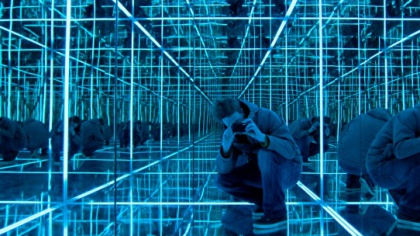 Infinity Mirror Room Installation & Hypercube
Infinity Mirror Room Installation & Hypercube
Perception bending by mirror
Idea2: the distortion of space is created using different tools. the environment is altered by using lights and movement
 http://cromeyellow.com/arnaud-lapierres-reality-distorting-ring-installation/
http://cromeyellow.com/arnaud-lapierres-reality-distorting-ring-installation/
'wearing' the space
Idea3: the distortion of space is a direct reaction to the visitors' actions. by tracing their movement, the environment changes, either through lights and sounds, or by physically leaving a "trace" of their movement in space. In this way, the visitor founds himself in a situation in which he has to reflect on how his presence inside a space affects the environment around him.
Idea 1 'Who's in Charge?'
- interactivity among users, and between users and environment - each outcome different - it becomes a happening for the other visitors of the exhibition - we can set clear rules - it is a game - users create their own environment - it is a reflection on society - how society works - a question of control; related to greed - people as swarm
Why?
Who’s in Charge speaks about the understanding between individuals, collaborations and the division of power in general society. What influence do you have on your environment and the environment of others and others on you? What can you achieve single-handedly and what can be achieved by collaborative actions? The basic elements needed to be managed for survival used to be limited, but as globalisation and technological development progress the scale of connections increase, resulting in an ascending complexity and number of issues to distribute control over. When is it still accounted for to say “Divide et Impera” or when will the notion of interrelated addition of quality, that the whole is more than the parts put together, take a more dominant place? The relations between individuality and swarm behavior will constantly have to find their contemporary balance. Therefore this play is a representation of the development of society. It visualises the polemics, discourses and agreements necessary to build a common world, in which all the rules change again by the change of numbers in the flock.
-Reference/Analogies-
How?
It’s a game of power. A clear set of rules is programmed to define specific changes in the environment (lights, sounds, kinetic structures) as a result of player actions. The rules change accordingly to the number of players involved in the game, i.e. the division of control over the environmental expression becomes progressively complex with the increase of the amount of participants. The players need to figure out what results their actions have and what influence the other players have thereon. However, this needs to be done for every time the group changes, as that means a change of rules. For the participants themselves it’s a constant power struggle, depending on greed, altruism and the understanding of causality. For the audience it’s a performance evocating the place of an individual in mass culture.
-References/Analogies-
What?
Text text text
-Diagrams-
-References/Analogies- Everybody Makes Proposals Before Tomorrow
Idea 2 'The non-verbal Message'
- messages - sending messages through the environment - the recipient can enhance/alter/destroy or give a different answer to the message. The environment thus changes - communication between users - communication between users and environment - how to make it architecture? - non-verbal communication as extension of the person
Why?
In organising and rationalising an increasingly complex society, verbalising communication attempted the enabling of discussion of more refined problems. Words seem to provide us with an extensive set of clearly defined agreements in which supposedly unambiguous messages could be sent. This tenet is then even stretched into total quantifiability by the application of the binary system in machines. But is it true that messages sent in binary code are therefore inherently unambiguous? One could easily argue that this statement is false when taken into account the differences in memory scheme construction and therefore the differences of interpretation of information between a sender and receiver. This proposition aims to represent the search for universal generalisability which then encounters the problems of idealist philosophy in which only experiences are true and therefore reality is different for all. Even when a message is send by a machine, the meaning and content of it can different for perceivers. This is where communication can fail, were conversations get stuck and where sentences arise like “I didn’t mean it like that”.
-Diagrams-By Oana
-References/Analogies-
How?
Instead of using verbal description of information, we translate this into a physical description. The language is written not in words, but in the change of the environment. By physical gestures a message is send by a participant that changes the environment for the recipient. That environment gets interpreted by the recipient and he responses to it according his perceived meaning which n its turn causes change in the environment of the first. Looping this creates a conversation in which some information shared is the same for both but other parts get misunderstood and communication fails.
-Diagrams-
-References/Analogies-
What?
Text text text
-Diagrams-
-References/Analogies-Everybody Makes Proposals Before Tomorrow




